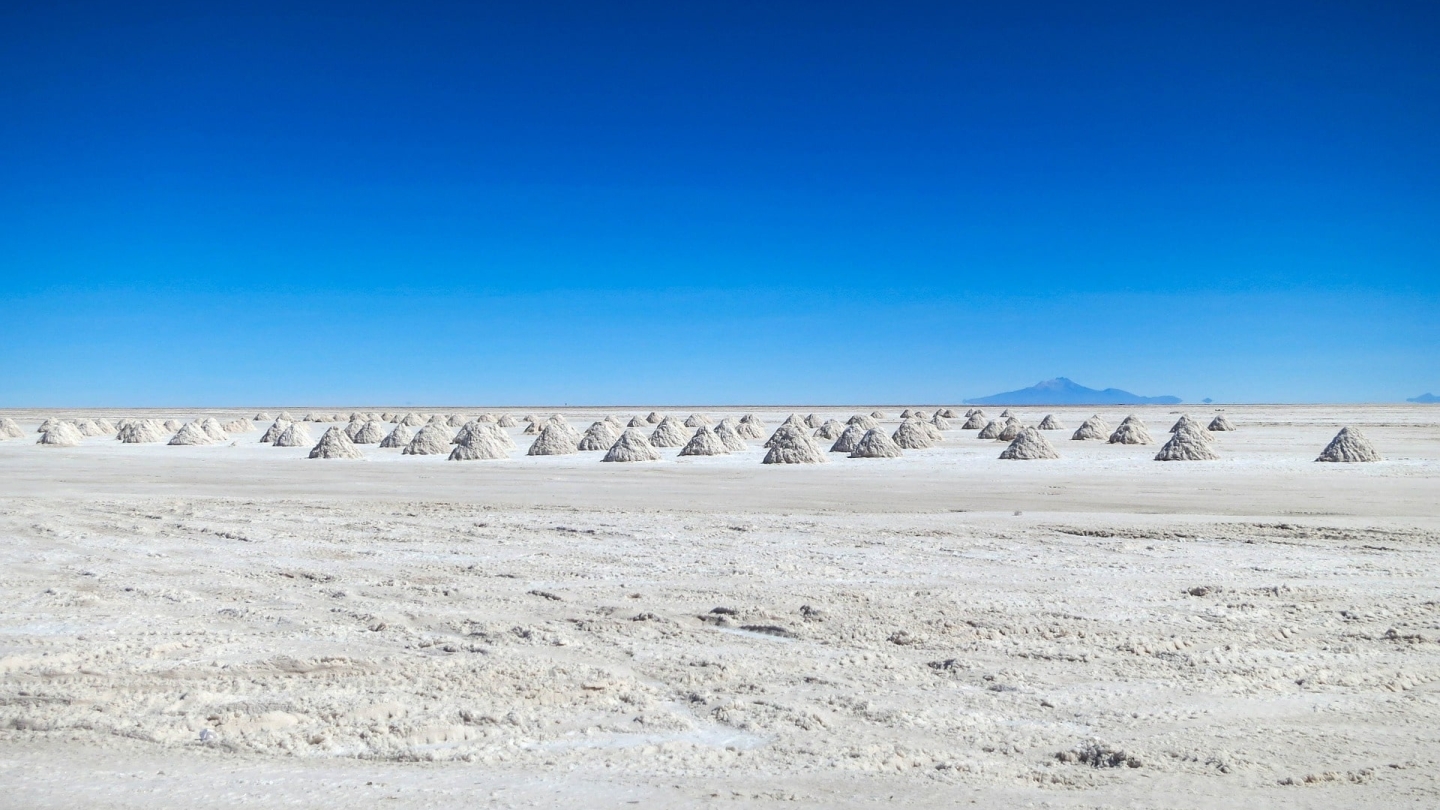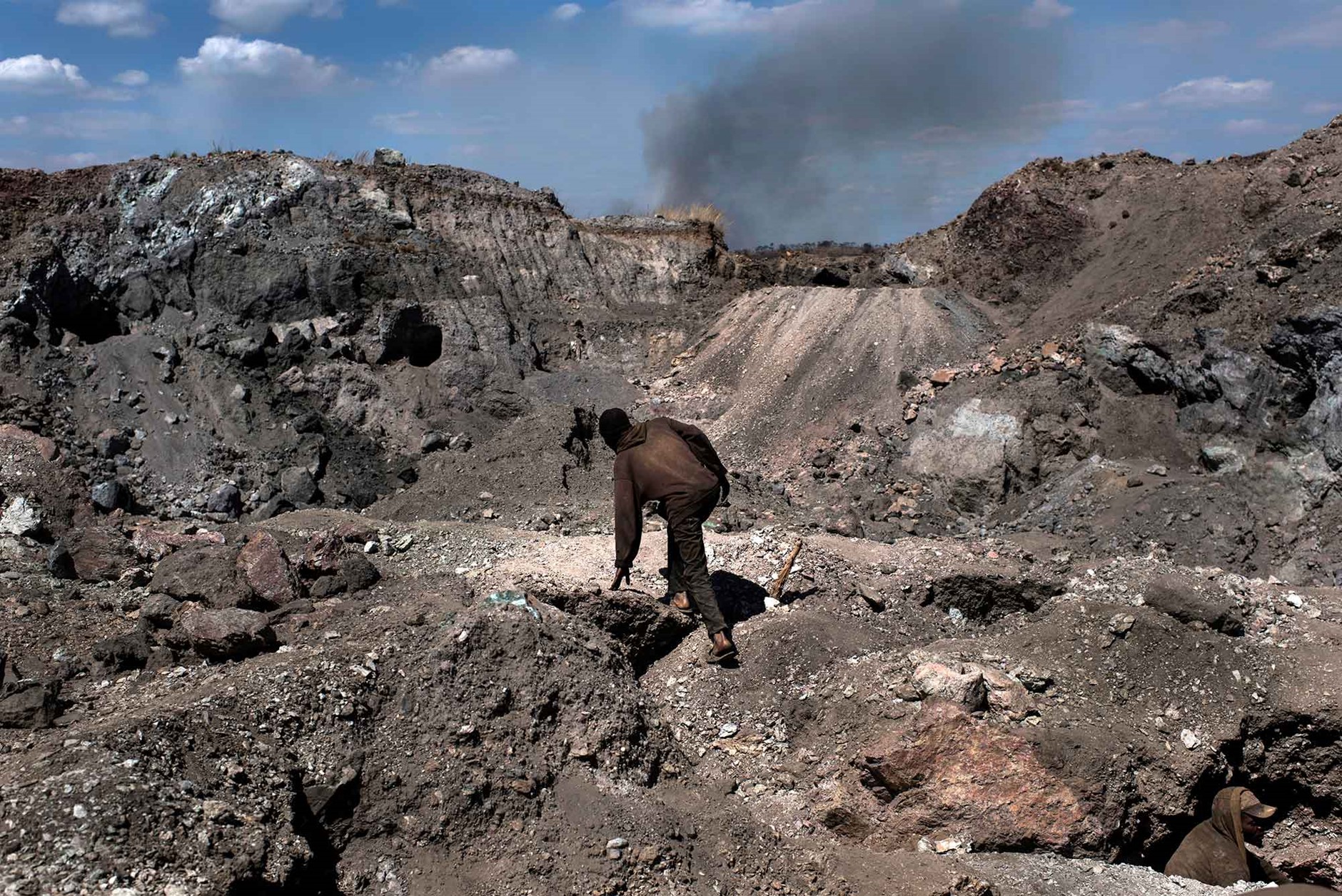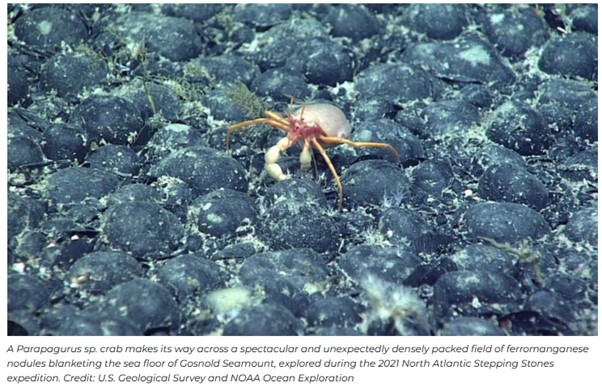27, October, 2022
In the second part of our series we look at the damage inflicted by Lithium mining.
26, October, 2022
In the final of our three-part series, we look at the mining of cobalt and the damage it brings.
21, October, 2022
This three-part series looks at the devastation caused by the mining of nickel, lithium and cobalt. It has impacts on people and the environment.
13, August, 2022
Are electric cars justifies from a financial perspective? There are a number of factors to take into account such as the impact of battery replacement on resale value.





